- Joined
- Dec 31, 2010
- Messages
- 812
- Reaction score
- 215
As suggested, practice on a piece of scrap. There is a bit of a learning curve. You'll be in a world of hurt if you screw up the flywheel. It's a royal pain to get the paint off after.


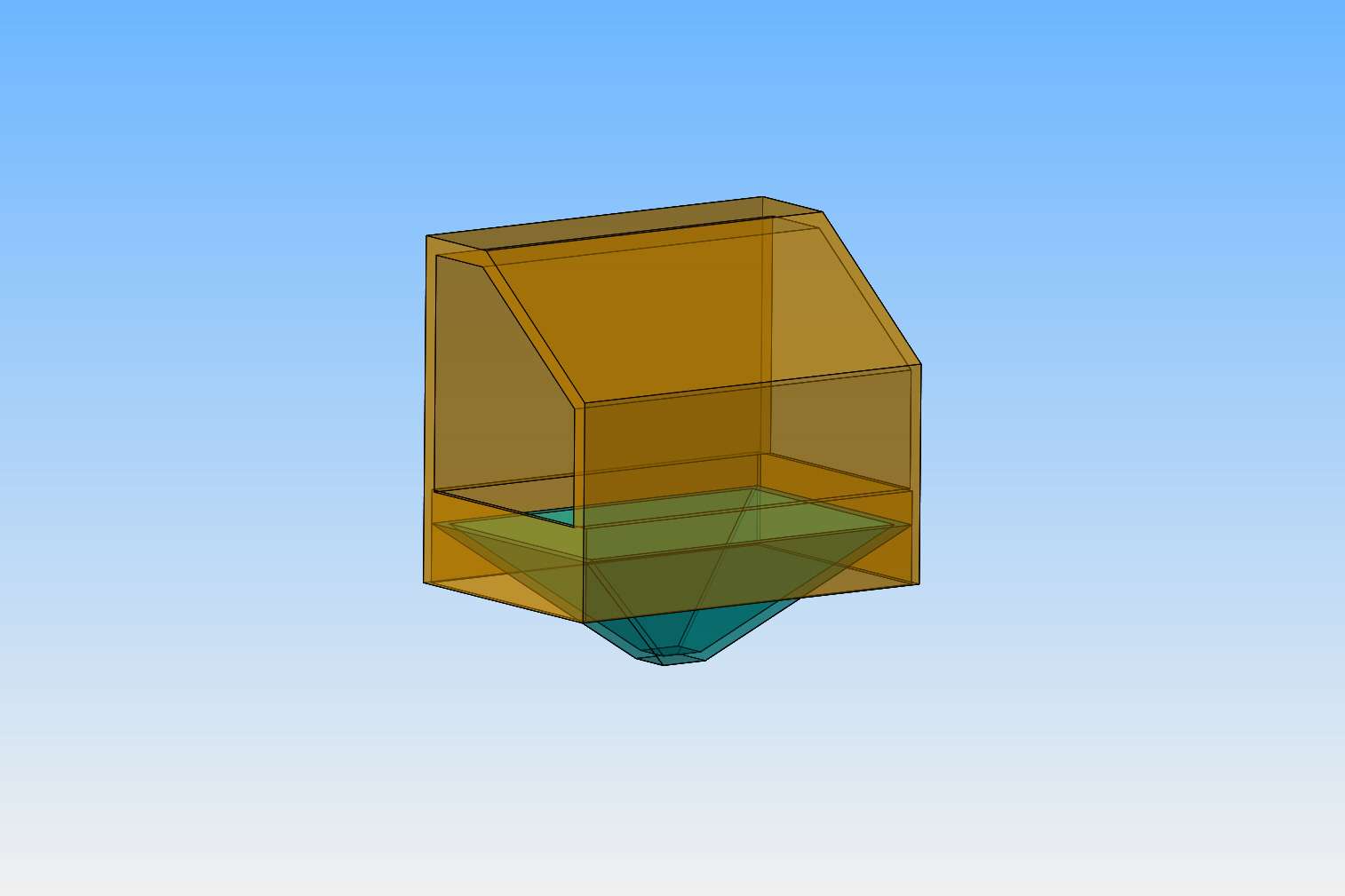
Have you checked the voltage at the supply receptacle versus the oven's recommended operating voltage? Low voltage could result in oven not reaching temp. Just a thought. RickI spoke to Eastwood again today regarding the new oven they are sending me. Found out that the ovens are back ordered and won't be in until the end of November.---POOP!! This doesn't really hurt me too much. I guess I will go back to working on my model engines. I will keep you posted about how this turns out.---Brian











Congratulations, it sounds like you have the answer to your dilemma.If my voltage supply was low enough to present problems with my oven, then all the other electrical things in my house would be acting weird---and they are not. The oven I bought a few years ago is lined with fire brick and is much to small to heat treat things in.
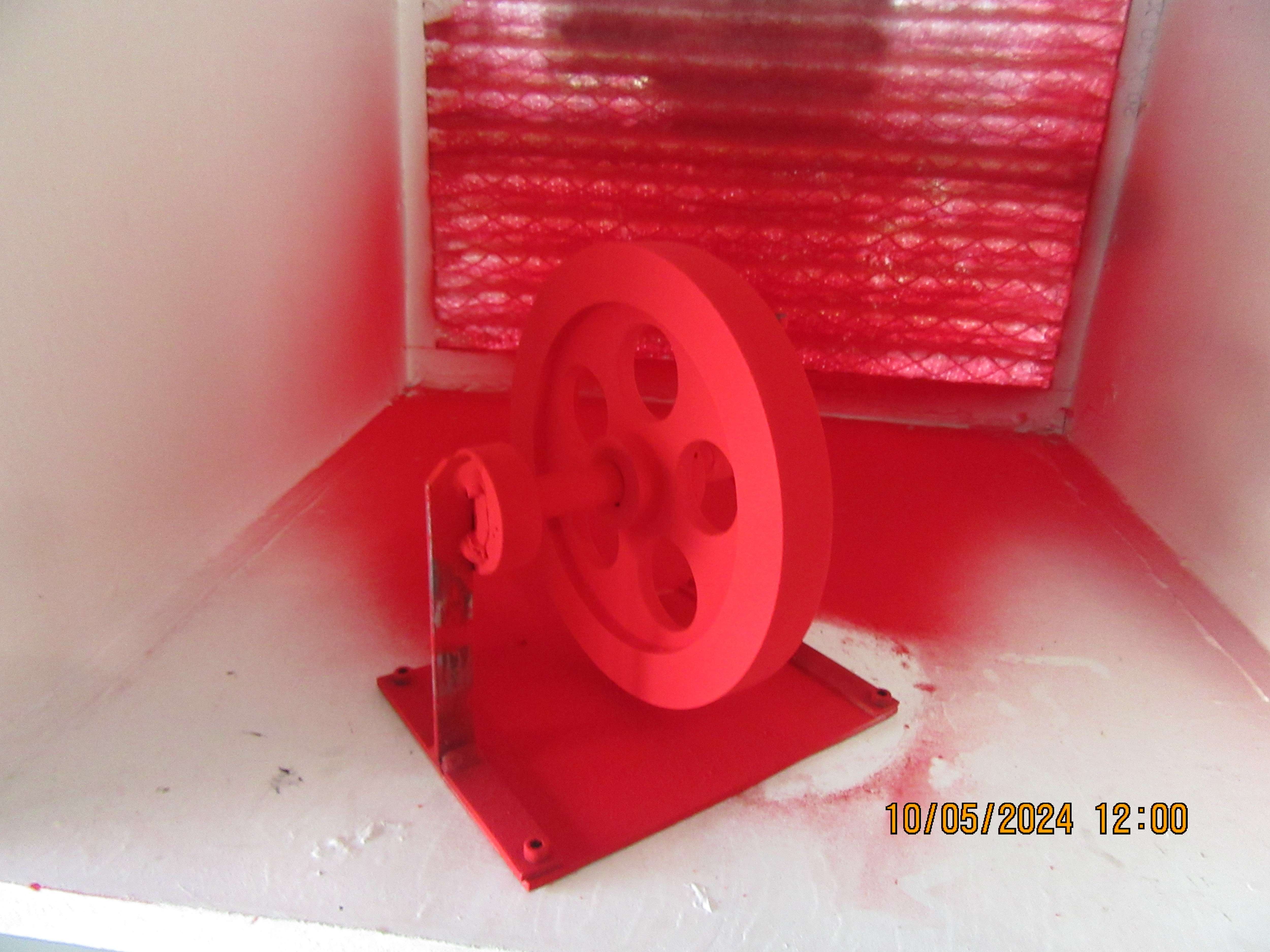
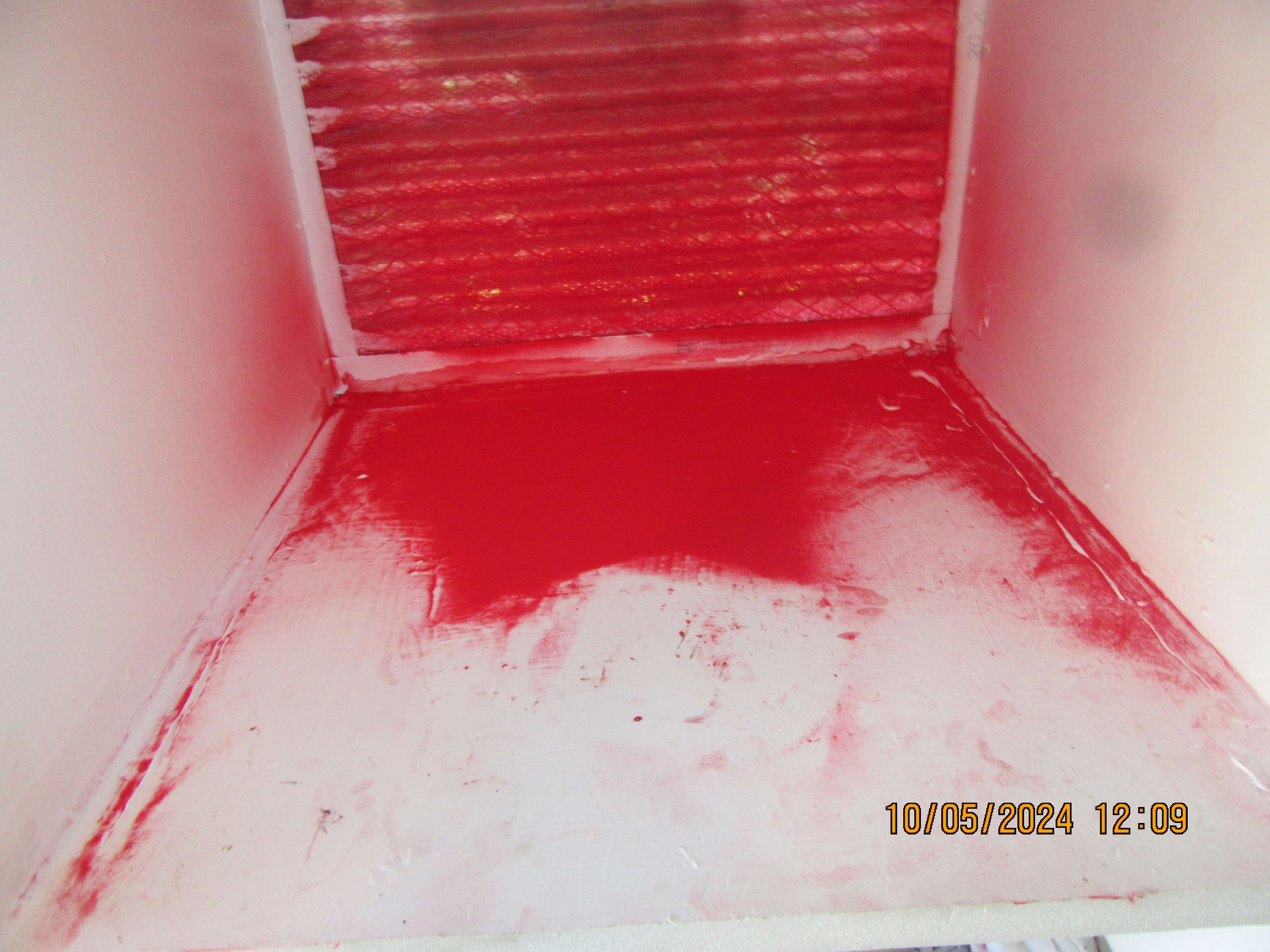
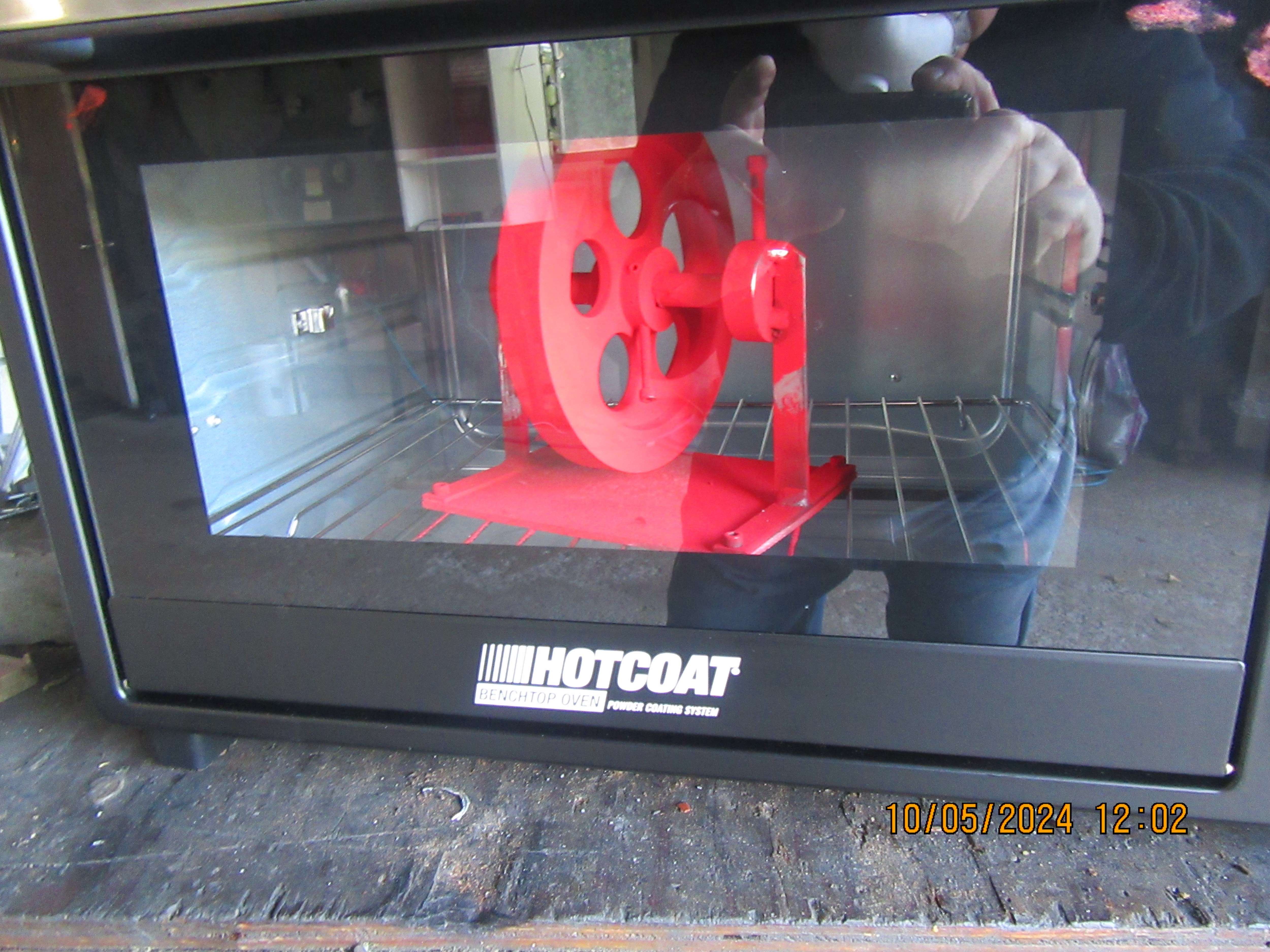
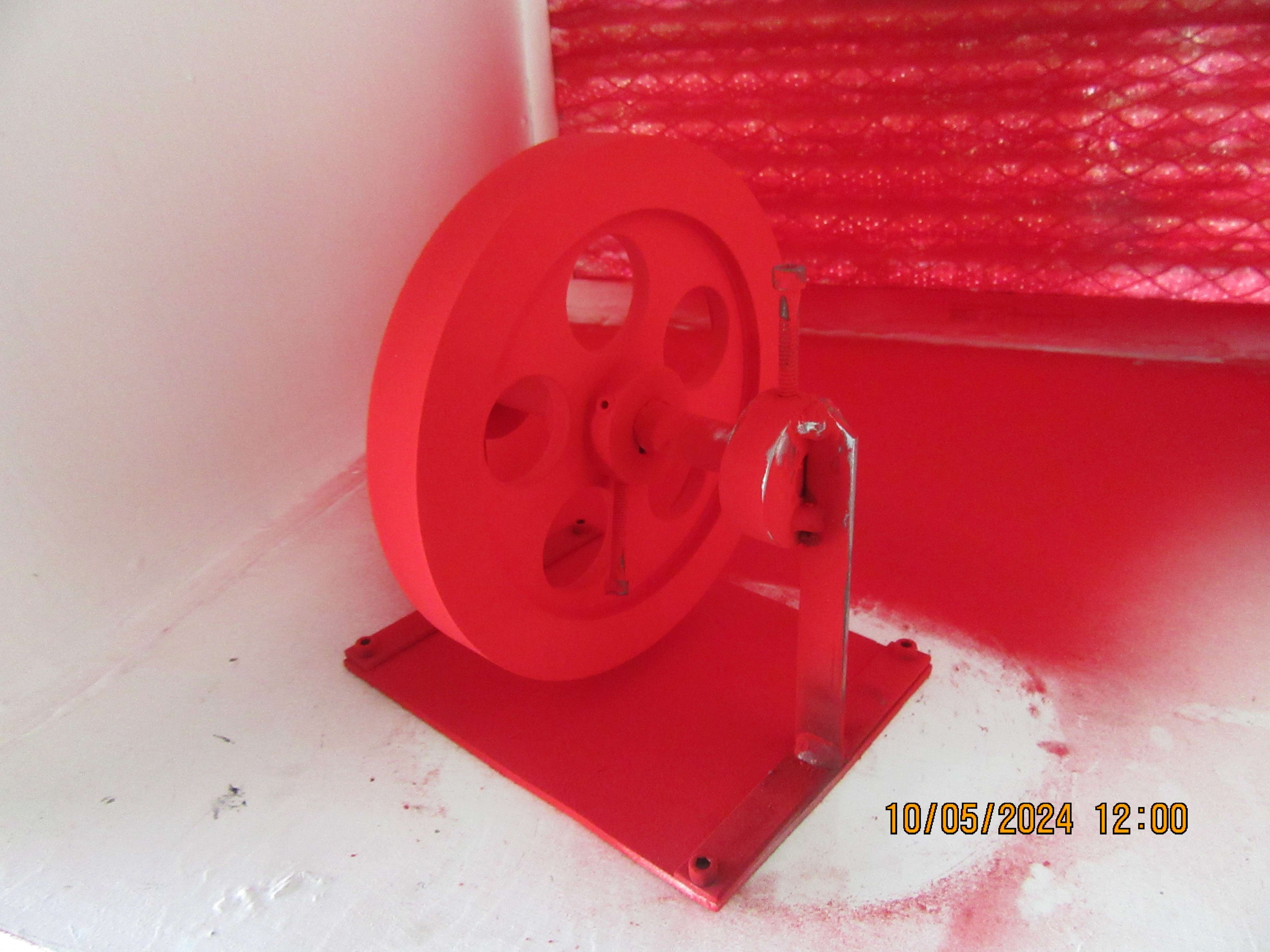
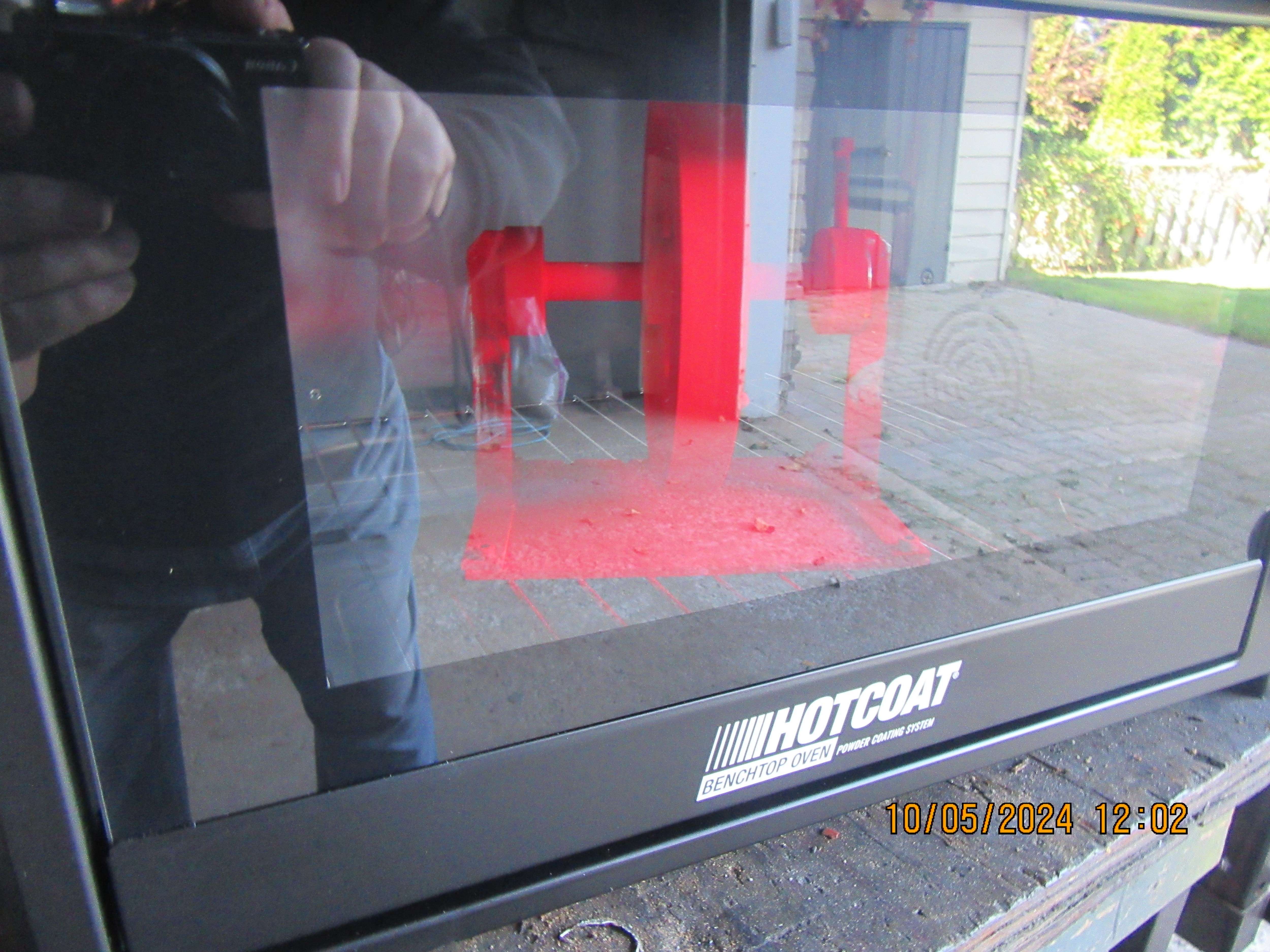
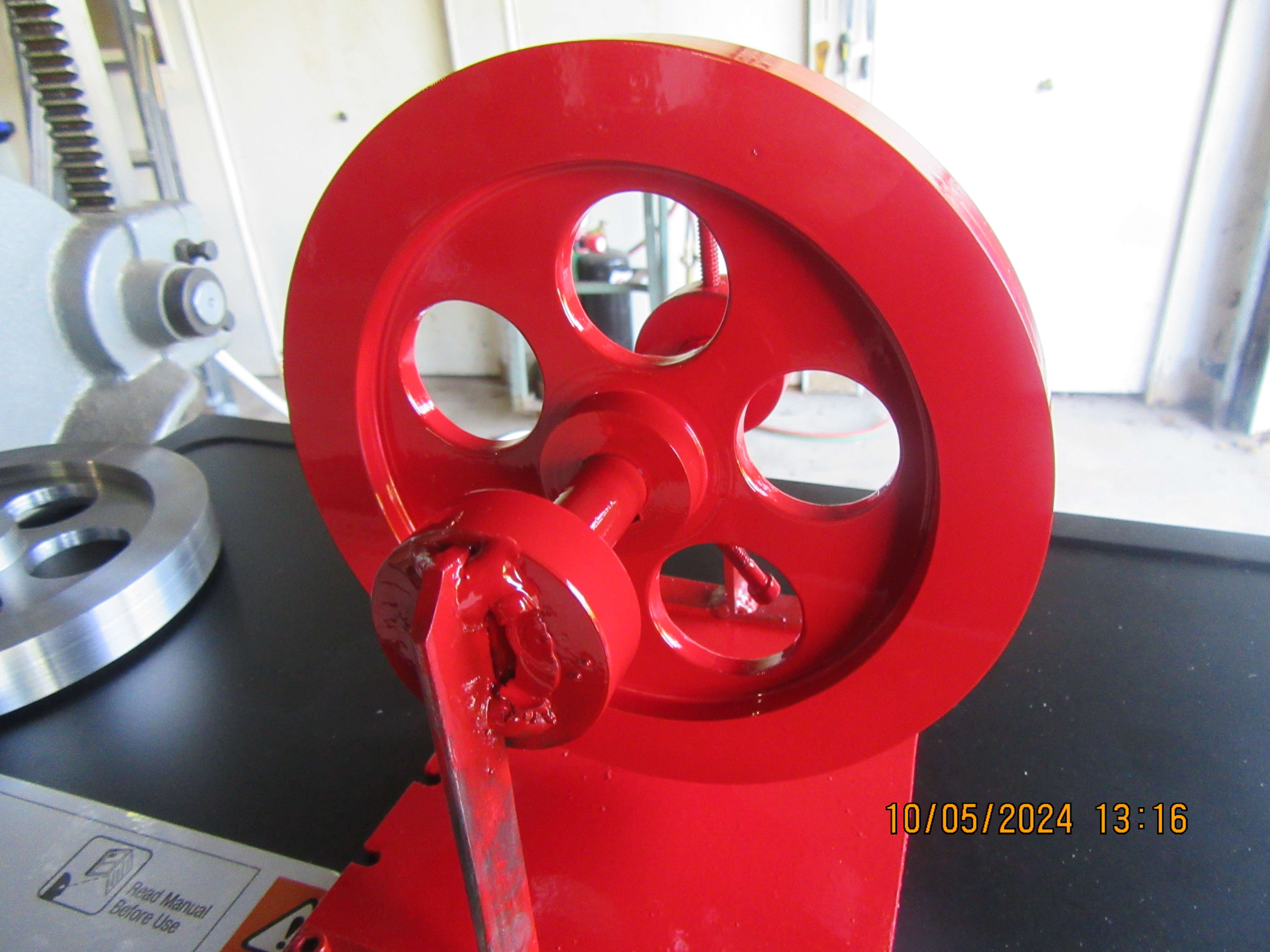
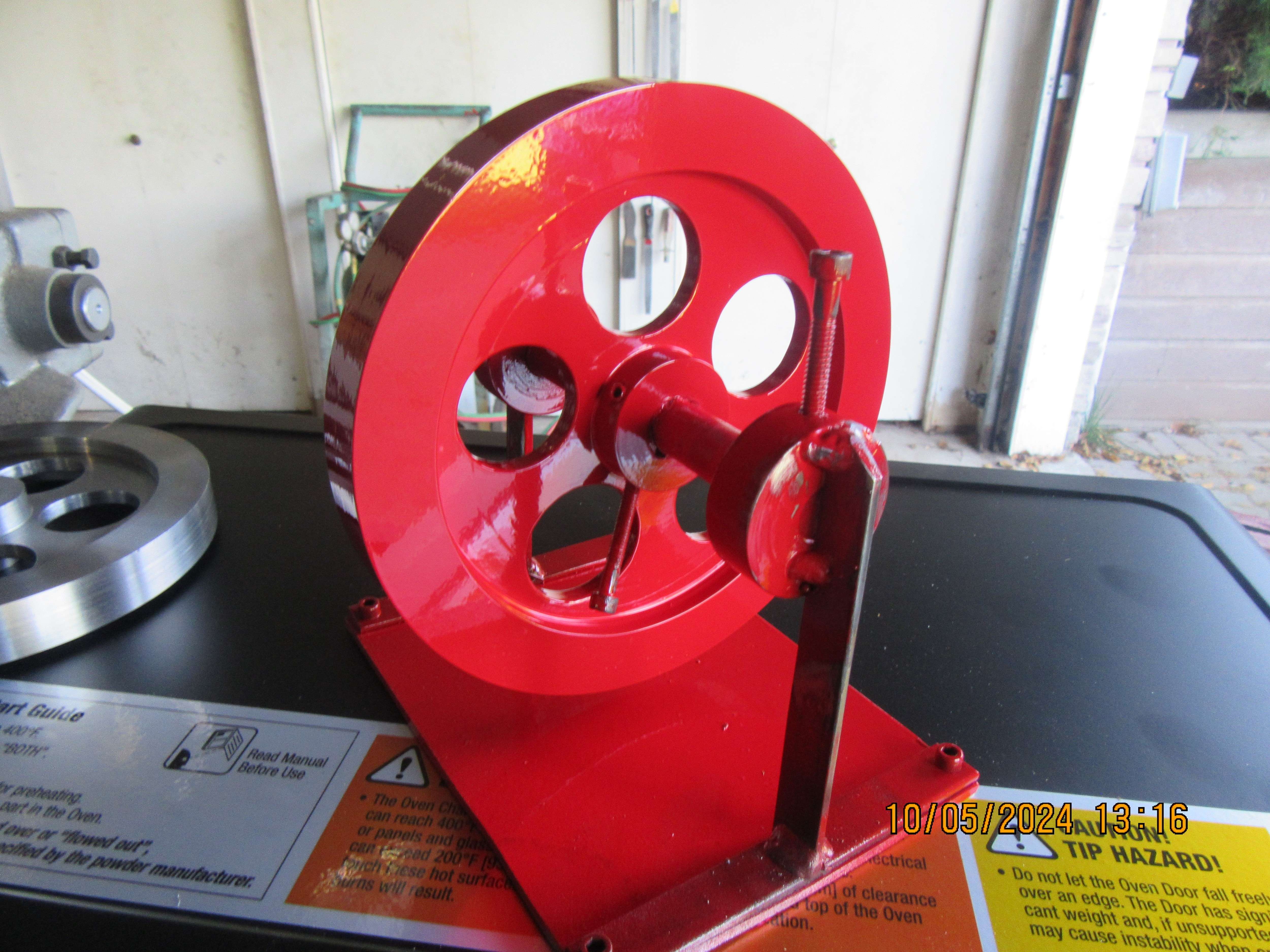
Technically speaking though, you are using a questionably calibrated oven setting to verify a questionably accurate thermometer, and so you may not really know whether you are getting a accurate reading or not.As far as calibration on the thermometer is concerned.--I put the thermometer in my wife's kitchen oven and set the oven for 400 degrees. After 20 minute the thermometer read 400 degrees. That is all the calibration the thermometer needs.
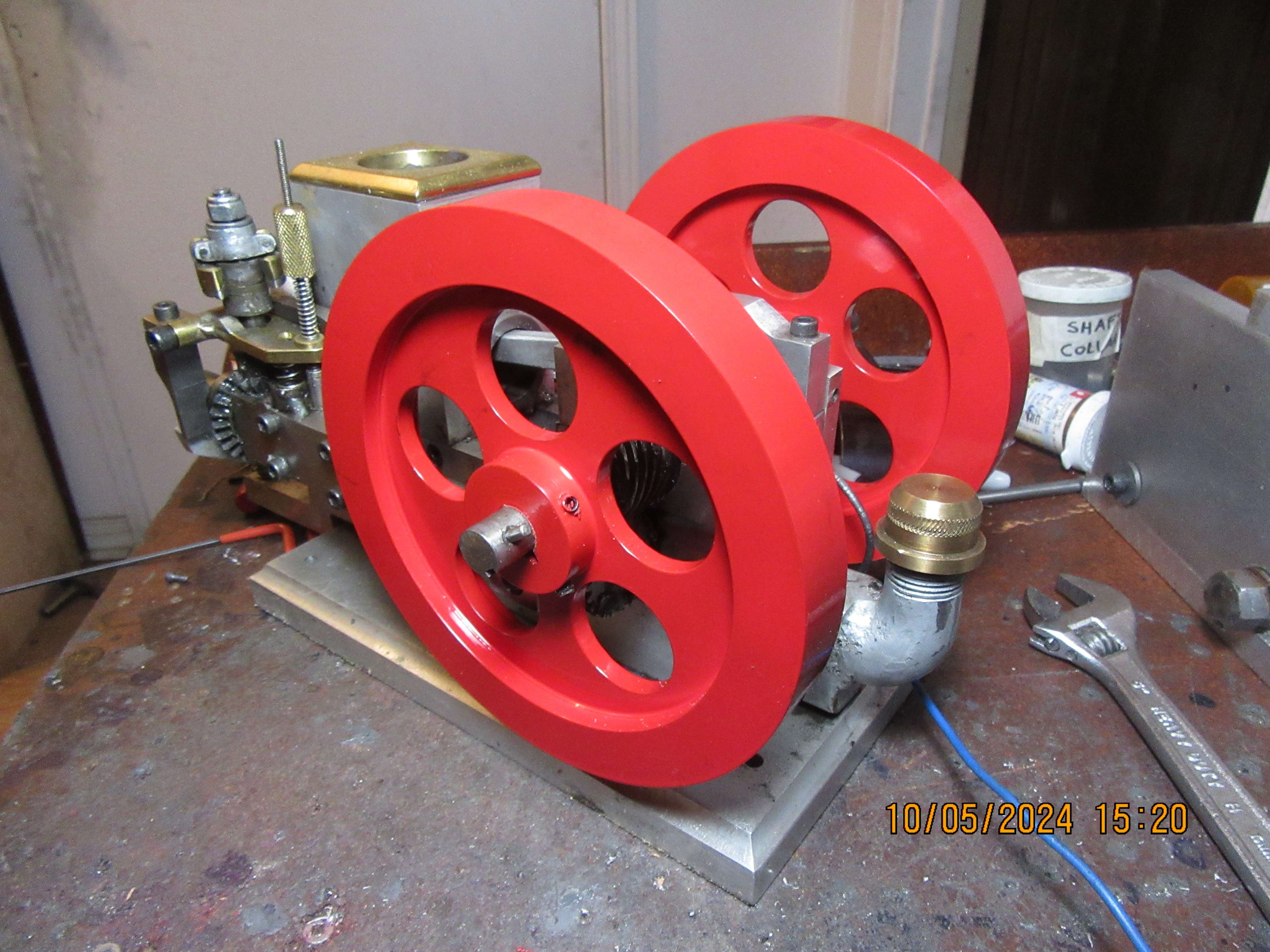
Enter your email address to join: